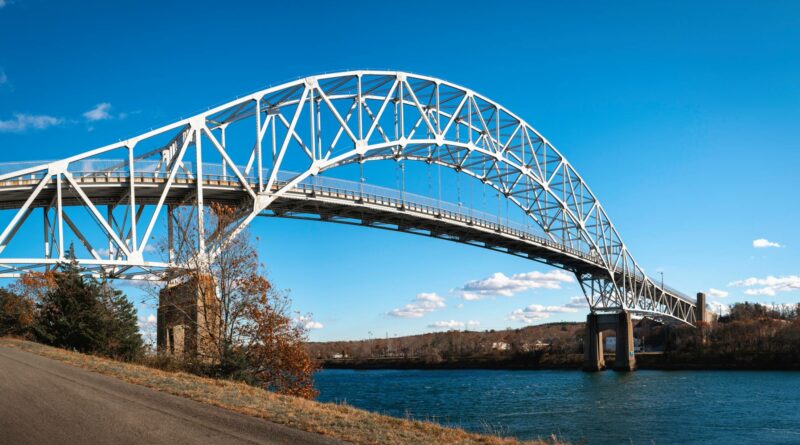Key Takeaways About the Condition of U.S. Bridges and Their Role in the Economy
The collapse of a Baltimore bridge as a result of a collision between one of the bridge’s pillars and a large cargo ship highlighted the importance that bridges play in the daily lives of many Americans.
There still remains six missing construction workers who were on the bridge as the time of collapse who are presumed dead. The Francis Scott Key Bridge was a transportation route for many, serving more than 30,000 vehicles per day, meaning these commuters will need to find a new route of travel. Additionally, shipments at the Port of Baltimore will be shut down, and for some time, which will force numerous businesses to source alternative ways of getting their goods in and out of the United States.
The Francis Scott Key Bridge, though it had been in good condition before the collision, has revealed that thousands of our nation’s 621,000 roadway bridges that are more than 20 feet long are in poor condition due to aging infrastructure in key structural components.
Associated Press News did an analysis of these bridges, and according to them, Inspectors rate bridges using a 0-9 scale, with 7 or above considered “good.” A “poor” rating reflects a 4 or below on any portion of a bridge’s main components. A mid-range rating is considered “fair.”
About 42,400 U.S. bridges are in poor condition, carrying about 167 million vehicles each day, according to the federal government. Those poor bridges are on average 70 years old.
Of those poor bridges, four-fifths have problems with their substructures (the legs holding them up) or their superstructures (the arms supporting their load). And more than 15,800 of the poor bridges also were listed in poor shape a decade ago, according to AP’s analysis.
Iowa has the greatest number of poor bridges, followed by Pennsylvania, Illinois and Missouri.






